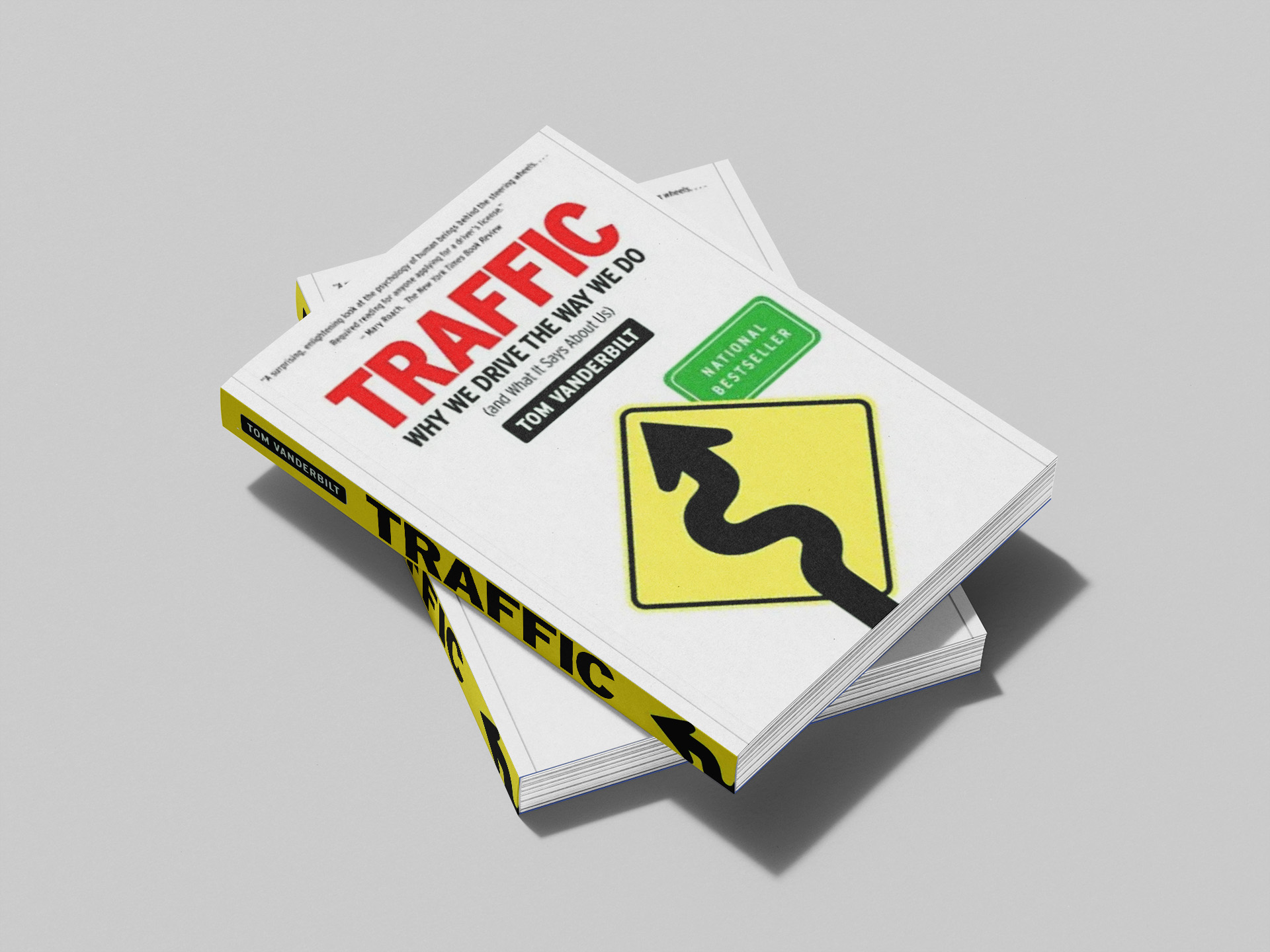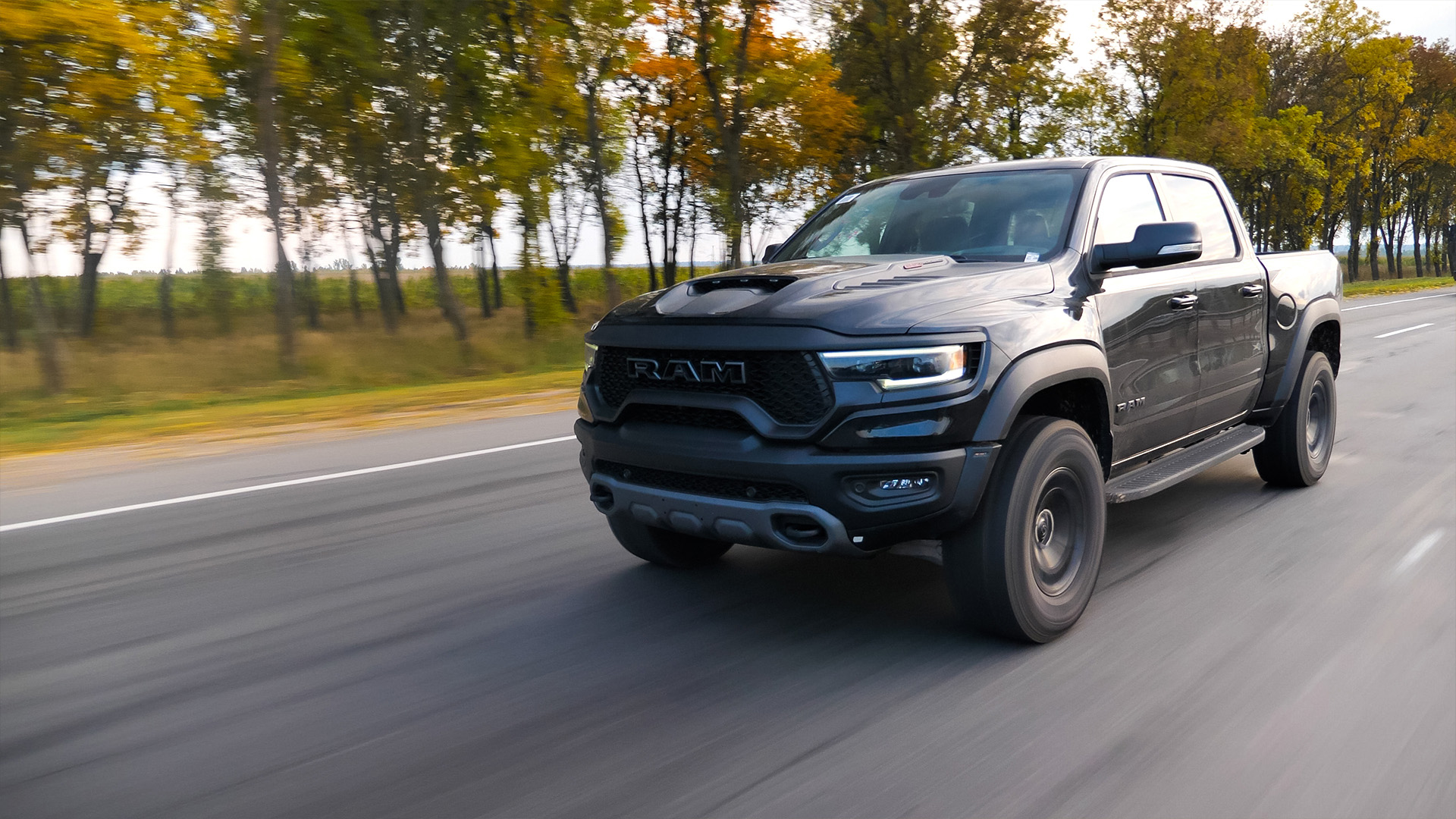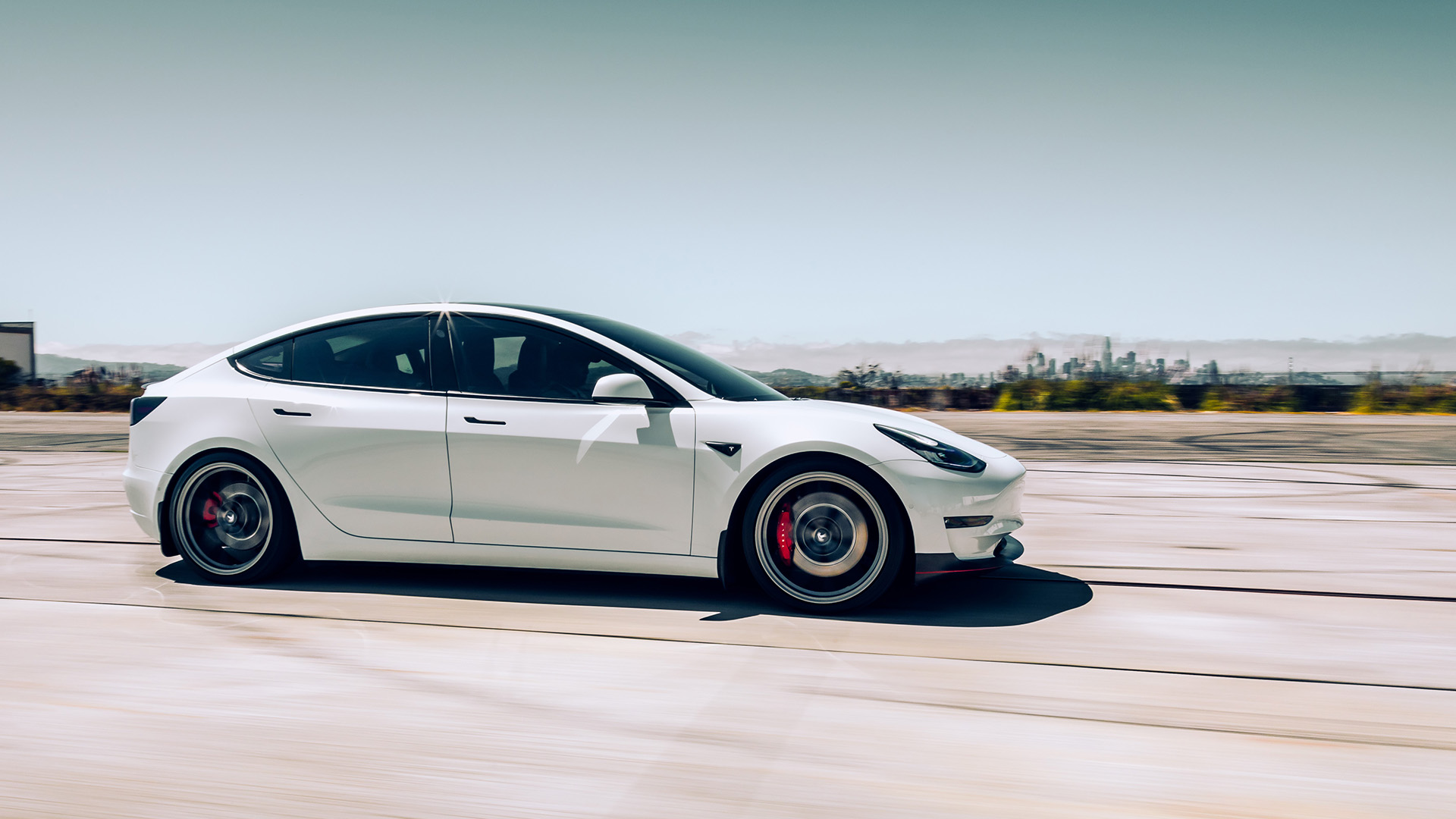Using your shop’s Cost of Doing Business (CODB) as a baseline for labor rates.

I recently had occasion to sit down and leaf my way through a book entitled “Traffic: why we drive the way we do (and what it says about us).” It was very well-documented and researched, but perhaps a bit closer to a college textbook than light reading material for a lazy afternoon in the hammock. With that said, there were a few things in this book about traffic research I found interesting from the perspective of someone who repairs the machinery that generates the traffic, and I thought I’d share a few of them so you can sound well-read the next time you have to stand next to some wag at a cocktail party.

Traffic: Why We Drive the Way We Do (and What It Says About Us) Hardcover by Tom Vanderbilt.
This was a huge shocker to me. But building a road is like building a car: something that looks good on paper doesn’t always pan out. “Passive safety” is a concept built into road building that the author of the book, Tom Vanderbilt, walks us through: “This line of thinking, which emerged in the United States in the 1960s, says that rather than trying to prevent crashes, highway engineers (as well as car makers) should try to reduce the consequences of crashes, or, as one highway manual put it, ‘to compensate for the driving errors [the driver] will eventually make.’”
Effectively, designing wider roads with more open spaces should a car leave the roadway (“clear zones”) leads to drivers who now have better sight and margins for error increasing their speed to “consume” this safety benefit.
Vanderbilt compares a few European takes on this situation, including a treacherous Spanish road that wound up the side of a mountain with no signs indicating the danger, since it was plain. He indicates safety was increased since he was forced to drive extra carefully to navigate the treacherous precipice. This vignette seems to be in line with the theories of Hans Monderman, a famous Dutch traffic engineer. Before his death, Monderman engineered arrangements like traffic signs that announce the road ahead is free of traffic signs. He designed streets to feel more village-like by narrowing them and paving with cobblestones, and lowered curb heights to make motorists feel as though they were encroaching onto pedestrian territory. It may sound a little crazy, but traffic speeds (and fatalities) dropped.
David Engwicht, an Australian traffic engineer, “argues that intrigue and uncertainty—the things cities are filled with—are the best remedies for traffic problems. Put a child’s bike on the side of the road instead of a speed bump; hang a weird sculpture instead of a speed limit sign.”
It certainly gets you thinking, doesn’t it? Mechanics are well aware of unintended downstream design and engineering effects, so this was intriguing to read about. And I can’t speak for you, but social engineering experiments are always something I have a moment for.

Dodge Ram TRX drives on a country road. Ram TRX is the most powerful series-production pick-up. Photo: istock.com/y_carfan.
“Because of simple physics, larger vehicles, with larger crush zones and often, higher-quality materials, are better able to sustain a collision.” That’s what I would have assumed.
“Though not always. As some crash tests have shown, weight is often no help at all when a vehicle hits a fixed object like a wall or a large tree. … The car’s design—its ability to absorb its own kinetic energy—is as important as its size.” Well, that makes sense. Keeping passengers safe in the cabin has obviously been a focus of vehicle designers for quite some time now, but different accidents yield different outcomes,” Vanderbilt continues.
But it doesn’t end there. The author points out that smaller vehicles, which are usually cheaper, have fewer doors, and also encompass sports cars, are often driven by people with higher risks of getting into a crash. (Read: younger and more inexperienced drivers, and those who aren’t risk averse.) Vanderbilt sums it up nicely in questions juxtaposing causation and correlation: “Are large passenger cars statistically safest because they pose less of a rollover risk than SUVs or because they weigh more than small cars? Or is it because they tend to be driven by the statistically safest demographic?”
I thought this was noteworthy because for years I’ve looked at some rather tiny cars that are very safe (the smart fortwo comes to mind) and wondered about this dichotomy. Reframing it this way allows my brain to make sense of some basic mechanical truths we all understand. (A short piece of steel is stiffer than a long one. A heavy vehicle steers and stops worse than a lighter vehicle. Stuff like that.)

White Model 3 Tesla driving on the road. Photo: istock.com/Brandon Woyshnis.
I know, that’s crazy, right? Look at all the safety items cars have gotten over the years. CHMSL’s, ABS brakes, stability control, parking assist cameras, collapsible steering columns, padded dashboards—we’ve come a long way, baby!
Or have we?
Vanderbilt writes “…in an oft-repeated pattern with safety devices from seat belts to air bags, the actual drop in fatalities did not live up to the early hopes.” He goes on to reference a study done of German taxi drivers that demonstrated that drivers in ABS-equipped cars drove faster and closer to other cars than those without and were more likely to be rear-ended.
He then introduces the reader to the Peltzman effect, which effectively suggests that drivers adjust their habits in response to perceived levels of risk. Ipso facto, a car loaded with all the latest safety features might just tempt drivers to ratchet up their driving aggression—just like the German cabbies.
The CHMSL (third brake light) is a good example and one Vanderbilt covers in the book. The third brake light has shown a long-term crash reduction rate of around 4.3%. Now, as we all know, this doesn’t add a ton of cost to a vehicle, so the benefits stack up nicely against the costs. But many drivers—self included—have adjusted consciously and unconsciously to that advancement, so a lot of the potential benefit is erased.
You’ve probably seen similar parallels with the rise of ADAS, which is often offset by how much cell phone use occurs. Tesla’s Autopilot has a similar hangup—what should be a really beneficial second set of “eyes” on the road is mitigated when a driver jumps in the passenger seat and works on his laptop on the morning commute. Increased safety, Vanderbilt argues, is offset by users. So it’s important we fix these pieces of safety equipment because people get used to having them. We’re literally helping keep our customers alive.
Ultimately, this was a good read, albeit a bit dry. Everyone with a car deals with traffic, but those of us who repair them have a little different take on the situation. If this article wasn’t mind-numbingly boring to you, it might be worth picking up the book and making some time to read it because there are other eye-opening nuggets of information in there that aren’t strictly repair-related, but automotive-adjacent and thus still worth reading.
The articles and other content contained on this site may contain links to third party websites. By clicking them, you consent to Dorman’s Website Use Agreement.
Participation in this forum is subject to Dorman’s Website Terms & Conditions. Please read our Comment Policy before commenting.